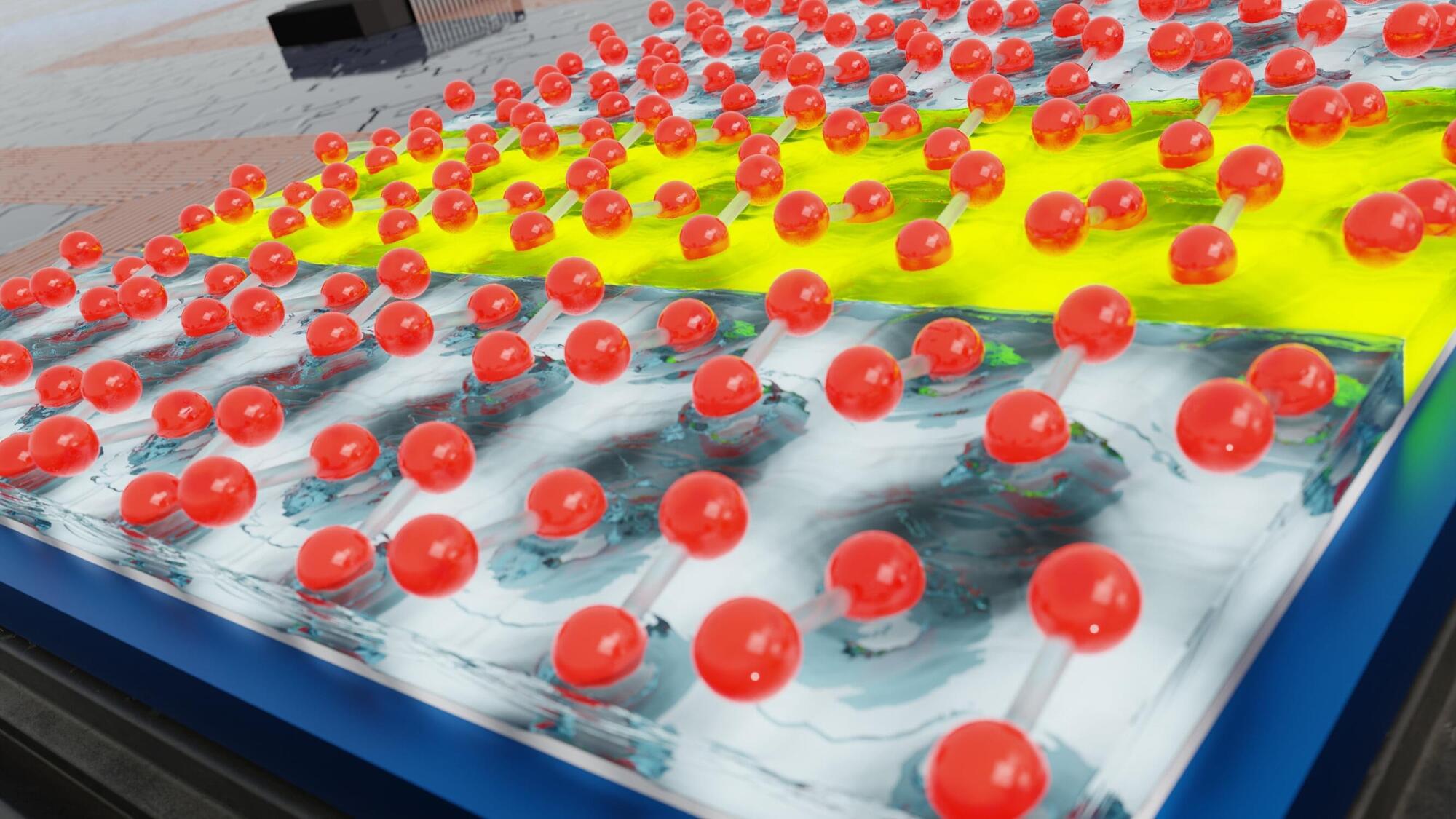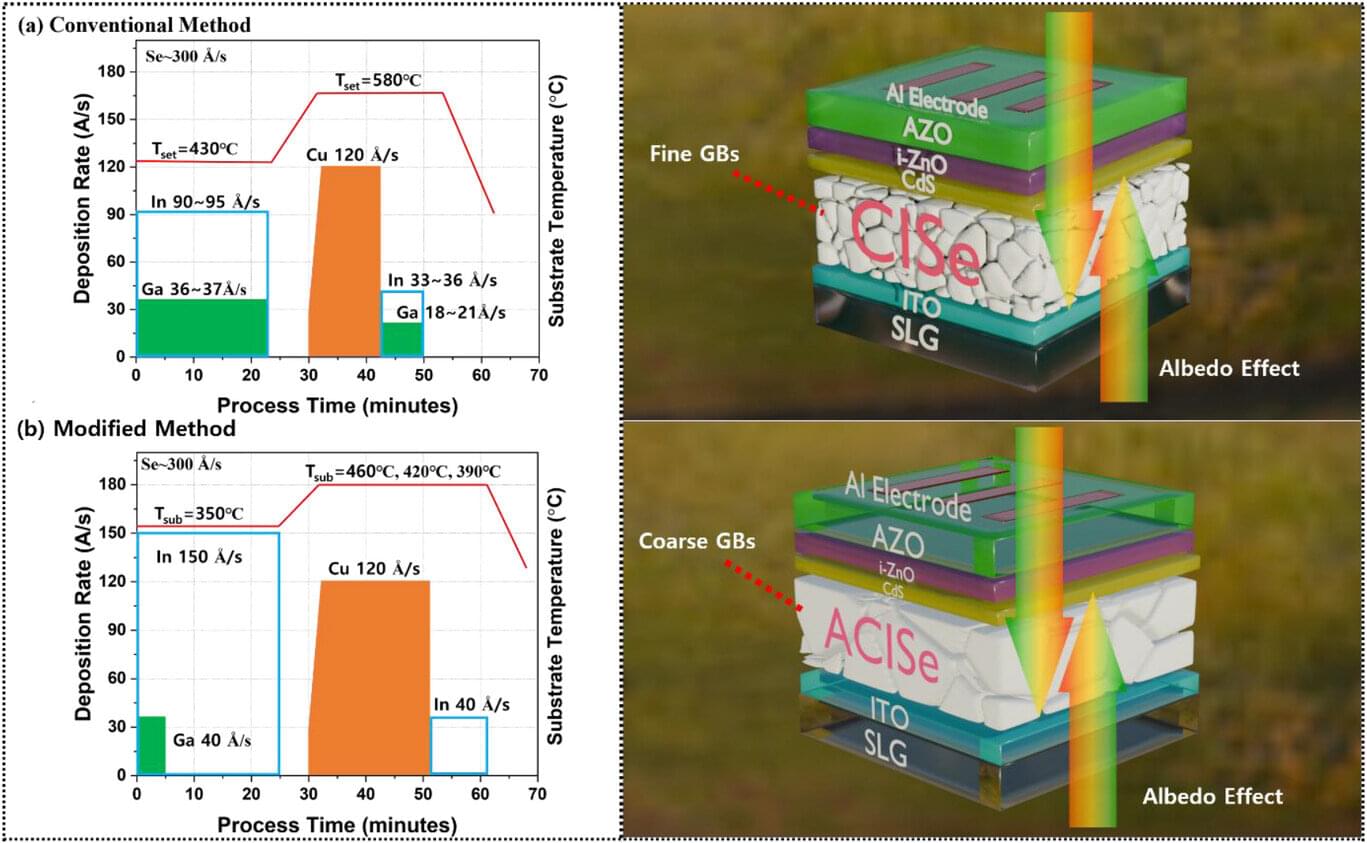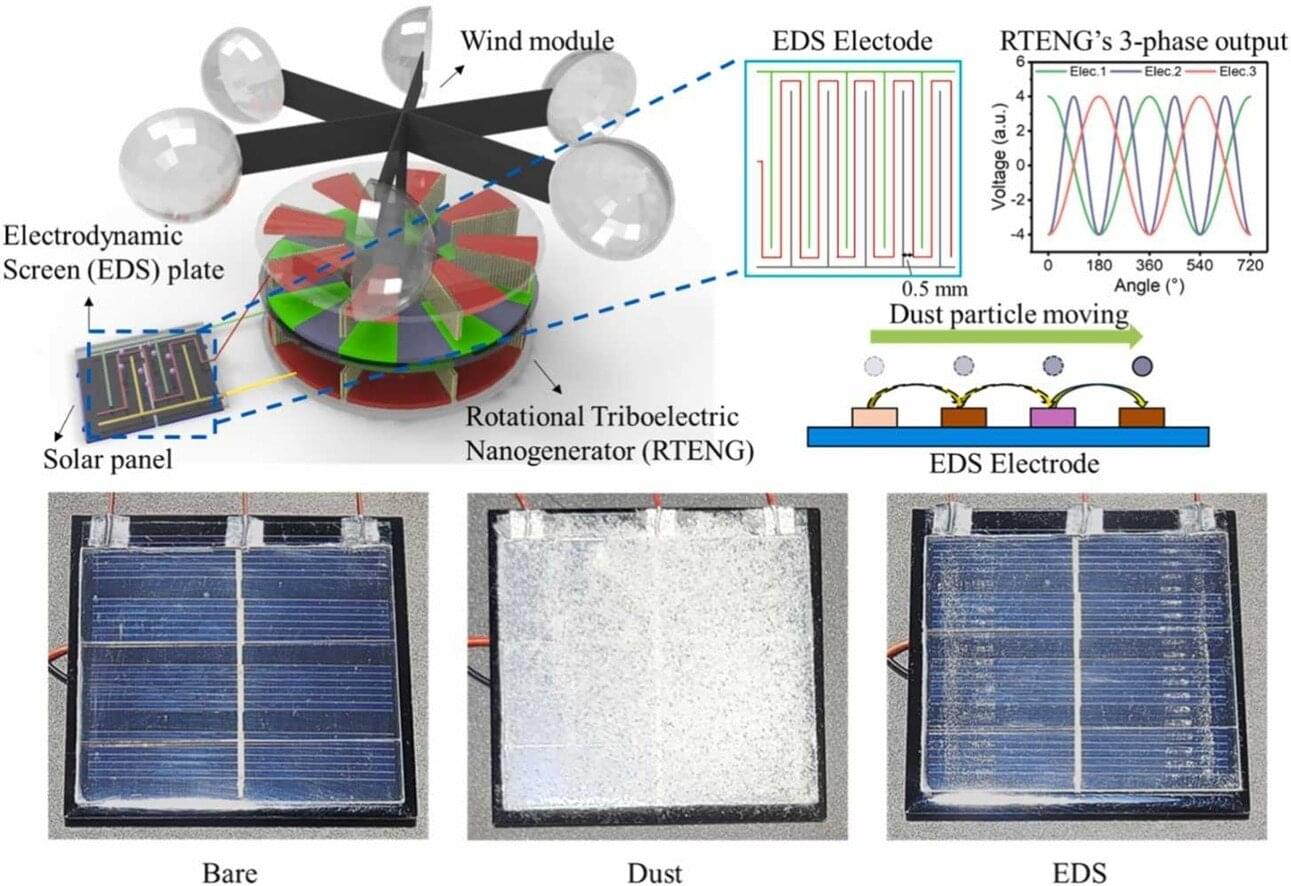A research team from the School of Engineering (SENG) at the Hong Kong University of Science and Technology (HKUST) has introduced comprehensive bio-inspired multiscale design strategies to address key challenges in the commercialization of perovskite solar cells: long-term operational stability. Drawing inspiration from natural systems, these strategies aim to enhance the efficiency, resilience, and adaptability of solar technologies.
Their paper, titled “Bio-Inspired Multiscale Design for Perovskite Solar Cells,” has been published in Nature Reviews Clean Technology.
The approaches focus on leveraging insights from biological structures to create solar cells that can better withstand environmental stressors and prolonged use.









